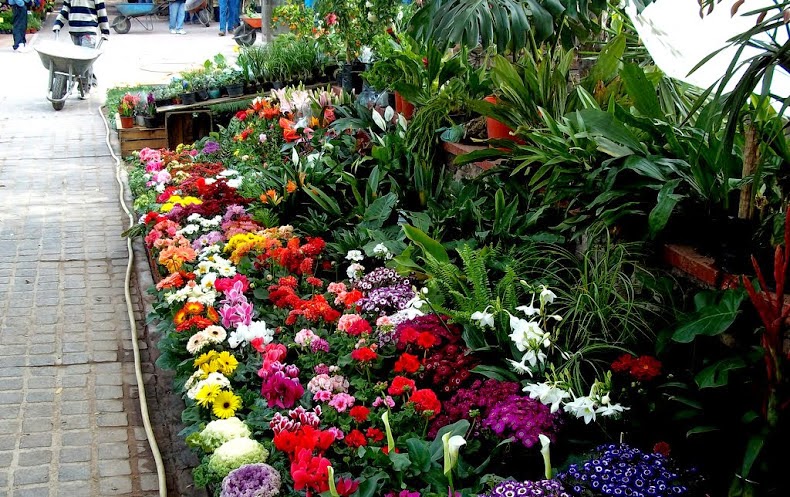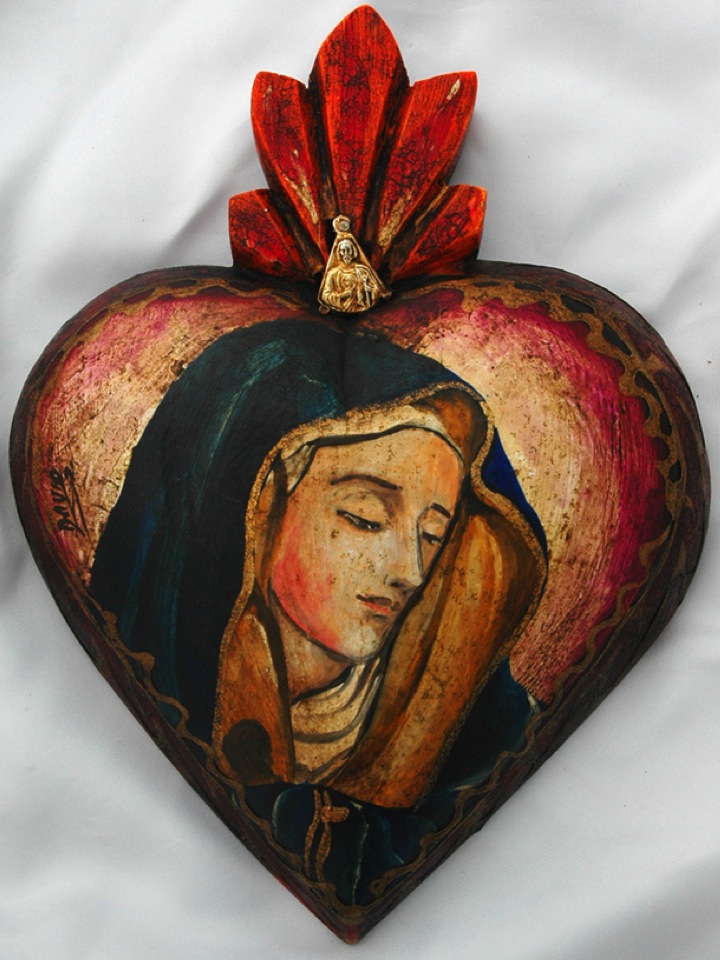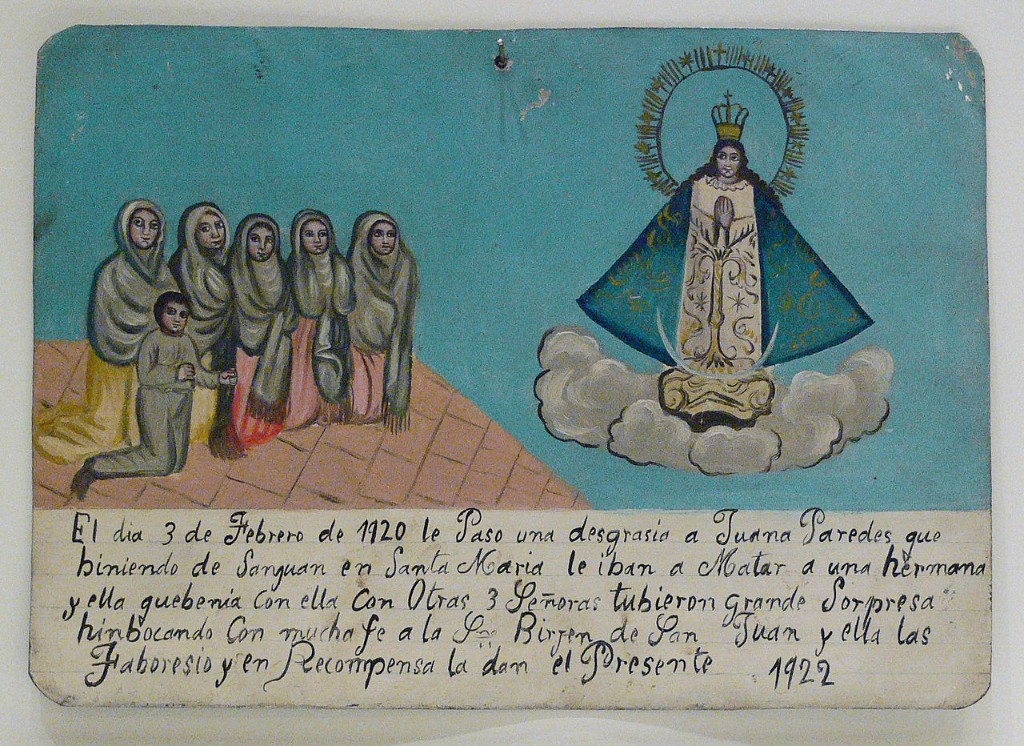Día de la Candelaria (Candlemas Day) / All You Need to Know
News Category: News and Community News
-
Día de la Candelaria (Candlemas Day)
All You Need to Knowby Joseph Toone
As happens on September 8 th with both Mary’s birthday and the feast of Our Lady of Lareto (both featuring popular around the town processions, music and parties at two churches on the same square), February second is a big day for multiple reasons.
Following is a primer for the variety of activities and reasons behind them building up to a big day.
Candelaria
Candelaria, groundhog day in the United States, celebrates the day Jesus was first presented in the temple as a Jewish gal like Mary had to wait 40 days after childbirth to go to temple. Baby dolls of Jesus, called Santo Ninos, are taken to the church to be blessed and kissed by the priest. Every family has at least one, and there are hundreds of handmade outfits available to dress your baby Jesus in at the markets.
The first year the doll is presented he is dressed in white. A colored outfit of any shade for the second year. On the third year Jesus is dressed as King of the World, complete with a crown and throne ready to provide miracles.
The word, Candelaria, comes from the German Kandlemas, when the Germans had mass by candle light to remind folks the darkness of winter will be replaced by the future warmth of Spring. Since here in San Miguel winter is over, Candelaria itself is the unofficial first day of Spring.
In Pre-Hispanic San Miguel this was the time for rituals to bring rain and plentiful crops in honor of Tlaloc, the God of Rain. By the 17th century indigenous communities brought seeds and bulbs to the churches for special blessings bringing a good harvest and the rains of April and May (now normally dry months).
Today in Parque Jaurez the annual spring flower and garden show begins the same day as it has for six decades. Throughout the month dozens of vendors line the walkways of the park, selling everything imaginable for the garden while there is music, food and dancing among the breathtaking flowering plants.
If, on Three King’s Day, you received the hidden baby in the special bread, you host the Candelaria party featuring a mix of indigenous and Catholic beliefs with atole (a corn drink) and tamales. The indigenous Mayans and Aztecs believed corn was a the basis of life. Tamales are served in corn leaves representing the baby Jesus in his blankets.
Sacred Heart of Mary
February second is also the day to celebrate the Sacred Heart of Mary, a European image of Mary’s heart representing compassion and love the indigenous embraced.Back before the Spanish arrived the indigenous captured prisoners of war with the heart being eaten by the highest priest or ruler. Hearts were always valued and the new image of Mary’s heart quickly became popular. Even today you can gambol the Artisan Market and view many artistic depictions of Jesus, Mary and Joseph’s sacred hearts.
Town is even called “The Heart of Mexico”.
Festivals featuring mass, food and fun will be held on Plaza Civica and at the Temple to Mary of the Light all day.The Virgin of San Juan de los Lagos
The Virgin of San Juan de los Lagos’ pilgrimage is the largest in the western hemisphere. More than three million pilgrims from across Mexico will walk for many days, sleeping in the open, to converge on the small town of San Juan de los Lagos, in the state of Jalisco by Guadalajara. Their goal is a small shrine to the Virgin Mary.Nearly twenty percent of our population will walk from San Miguel and environs, reaching the village after nine days. They create a moving city of all ages, carrying banners, singing songs, chanting, and praying.
According to tradition, in 1623 in the town of San Juan de los Lagos a travelling circus performer fell off a high-wire and suffered mortal wounds. The little girl was rushed to the local church where the villagers prayed to “Nuestra Senora de Juan de los Lagos” represented by a statue of Mary in an indigenous dress. The statue was laid on the child and she miraculously recovered her life. Since then, devotion to our Our Lady of San Juan de los Lagos has spread to become the second most honored image of Mary in Mexico (first is Our Lady of Guadalupe).
Originally Fr. Hidalgo, Ignacio Allende and the other founding fathers for Mexico’s Independence from Spain planned on starting the Revolution during the Virgin of San Juan de los Lagos’ celebrations. Once the Spanish discovered the plans the start was moved up to September 15th with the Virgin of Guadalupe becoming the symbol of Mexico’s freedom.
As always, lots to experience and enjoy on February second in San Miguel as the
weather warms up! -






Leave a Reply